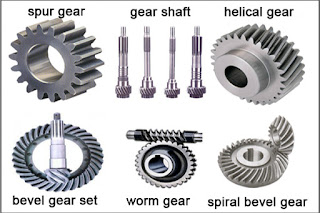·
Conductors: These are used in
carrying the electric power to the various distribution stations from the power
plant. In a group of conductors, these are joined with Spacers where the number
depends upon the voltage level.
·
Spacers: This help in avoiding the damage caused to the conductors
and hence a distance is created between the partial conductors.
·
Insulators: According to the voltage
level, these insulators are used to stand with both the normal voltages and
used to support the conductors.
·
Earth Wire: This is used to reduce
the chances of strikes in direct lightning to the phase conductors. So, at the
top of the supporting structure, it is grounded in the earth.
·
Dampers: A damage to the conductor
may be caused due to the oscillations and vibrations in the overhead
transmission components. In order to reduce this type of mishaps, installation of dampers
is done in the overhead transmission.
·
Cross Arms: These play a vital role
in holding the insulators line directly. These are designed like an arm and
used in order to maintain the conductors at a defined height.
·
Tower: These are made specially
in the square shapes and are in contact with the ground with the help of four
points. In order to transfer the mechanical load to the other structures, a
semi-flexible tower is also designed.
Summary
It
would not be wrong to say that Electric power transmission is the lifeline of a
country. Transmission Components play
a vital role in the huge movement of the electrical energy. And the natural
calamities are also sustained by these towers. Transmission towers help in carrying the heavy conductor to a safe height from the
ground.
http://www.avtec.in/avtec-engine-transmission-components.php









